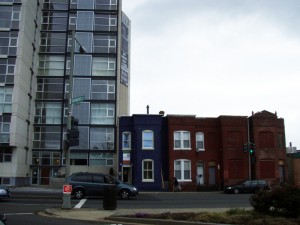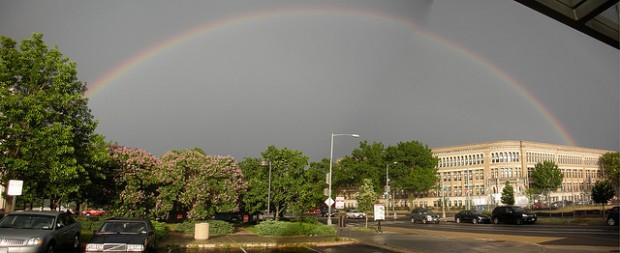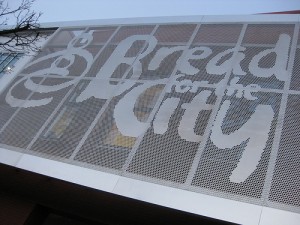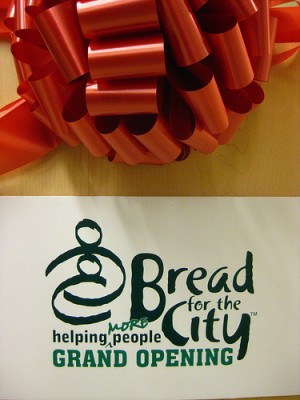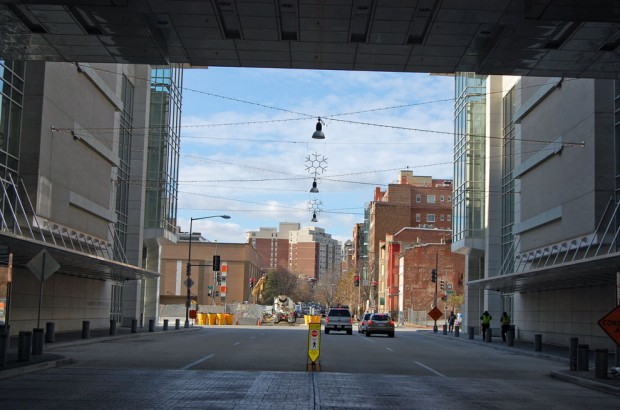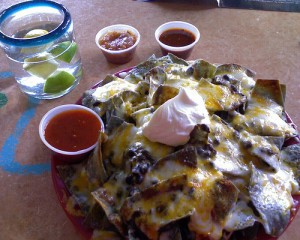
Santa Fe Nachos, Dos Coyotes, Davis, California
One of the things I miss most about Northern California is the Southwestern restaurant, Dos Coyotes. Please note: I did not say “Mexican” food. I fully admit I want some sort of “inauthentic” dish which contains spicy salsa, black beans and an obscene amount of cheese. That’s a pretty basic want, but it’s difficult to fulfill here in D.C. When I worked near K Street, I’d go to Pedro and Vinnie’s burrito cart and 80% of the time, I’d be satisfied; unfortunately, it’s not open for dinner or on the weekends. So I often end up at…Chipotle. I know. It’s not real, ethnic food. I know.
But it’s spicy and across from my house, so I go. When I do, the staff switches to Spanish while asking for my order. Years ago, I was fluent in it, so my accent is decent and I can bust out these impressive sentences every so often…but I’m much more likely to be left staring at the ceiling, agonizing over a verb I can’t remember. The 14th Street crew doesn’t mind this, in fact they exhort me to keep practicing. I do, because it’s kind of them to help me, but also because it is a potent reminder of how privileged I am.
I speak English.
It’s not my first language, but I speak it as if it were and I don’t take that for granted. When some dolt on the street compliments me by telling me something like, “You’re Indian? You speak good English for an immigrant!”, I smile a wan smile and reply that I was born to immigrant parents in California, where English is often spoken.
Continue reading →





